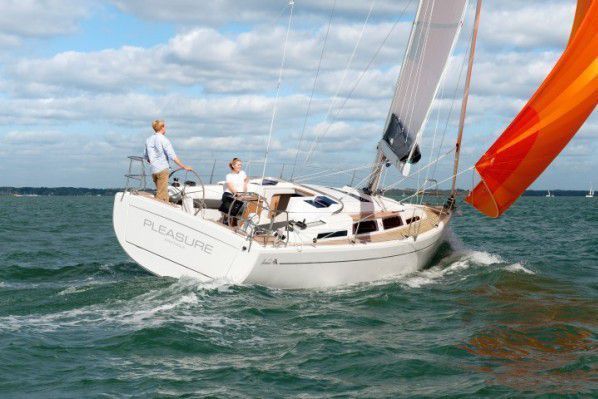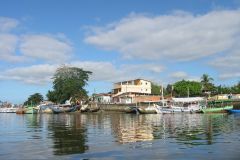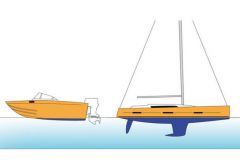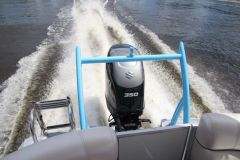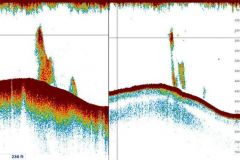Cruising, as a couple or as a family, is a very pleasant experience, but some maneuvers can sometimes turn into anxiety. And, when you hear "We're going to hoist the spieuros!" some smiles give way to a grimace that brings back bad memories.
A capricious sail
It is true that the spinnaker is particularly fickle, unlike the other sails on board, it is free of steering. The most critical moments are the hoisting and lowering of the spinnaker, but with a little preparation and the right equipment, the use of the spinnaker remains a pleasure. Calmness and communication are also the keys to a successful and easy spinnaker maneuver.
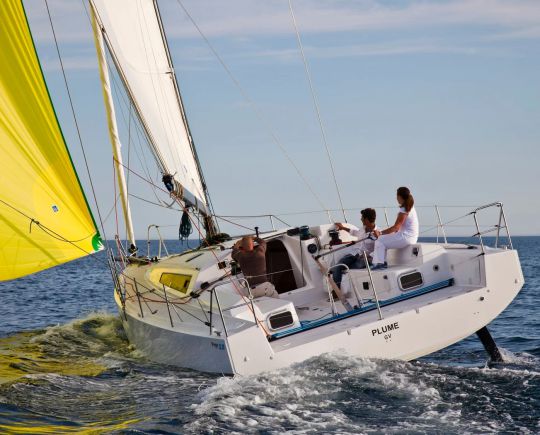
Equipment that helps with maneuvering
Two pieces of equipment can help during spinnaker maneuvers, the sock and the "Top down" type furlers. Both systems allow the sail to be set or lowered without the wind. These devices have very different designs, but they will greatly facilitate the maneuver and reduce the stress on board.
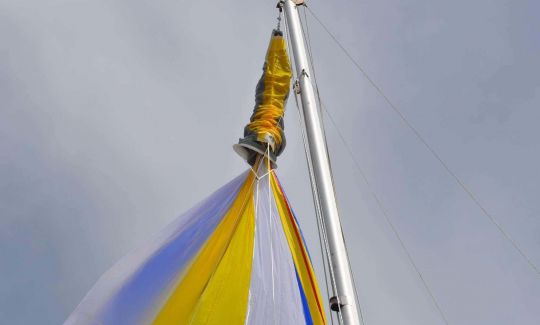
The spinnaker sock
It was Tabarly who invented the "spinnaker sock" during the famous 1976 Ostar race on Pen Duick VI. It is now adopted on a good number of single-handed ocean racing yachts. It allows to maneuver alone and safely spinnakers of more than 100 m2. The sock can be used with both symmetrical and asymmetrical spinnakers.
How does it work?
Practically, the spinnaker is constrained in a sleeve that keeps it out of the wind. The sock containing the spinnaker is hoisted to the top of the mast. Then, with the help of a rope, the sock is rolled up to the top to let the sail take the wind.
When it's time to stow the spinnaker, the process is reversed, the spinnaker cloth is wiped off in the sock and then the whole thing is slumped on deck and stowed in the bag until the next use.
The benefits of the sock are:
- The affordable price
- A simple system
- Compatibile with all spis
Disadvantages:
- Maneuvering the sail on the front deck
- Weight in the tops
- Bulky on a small sailboat.
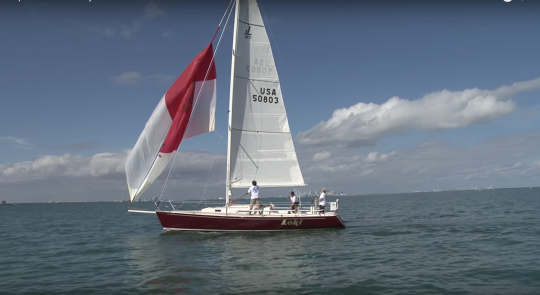
The Topdown Filler
Topdown furlers are extrapolated from gennaker furlers and other straight luff sails equipped with an anti-twist cable. It must be said that a gennaker on a furler makes it particularly easy to use, you hoist, unfurl, roll and drop.
For the past 15 years, equipment manufacturers have been working on furler models capable of working with "shouldered" sails such as asymmetric spinnakers. Today, the equipment has reached a certain maturity and can help to better understand the use of the spinnaker.
How does it work?
In practice, the tack and halyard of the spinnaker are connected by an anti-twist textile cable. The spinnaker itself is wrapped around this cable. The spinnaker halyard point is equipped with a swivel, the tack point is also equipped with a swivel and a drum operated by a rope like a genoa furler.
The sail is hoisted, and once set, it will unfurl on command of the spinnaker sheet. To furl the sail, you will have to ease it and maneuver the furling drum rope. It will force the spinnaker to be furled from the top to the bottom. Once the sail is fully furled, it is lowered to the deck and then stored in its bag.
The advantages of a Topdown reefing machine are:
- The deployment of the sail from the cockpit via the maneuvering rope
- Easy storage in a spinnaker bag
- A spinnaker furler can be used for a gennaker
Disadvantages:
- The cost of the furler and the anti-twist cable
- The spinnaker flaps for a long time during the furling.
- The sail is rarely well furled and the spinnaker pieces can catch the wind
